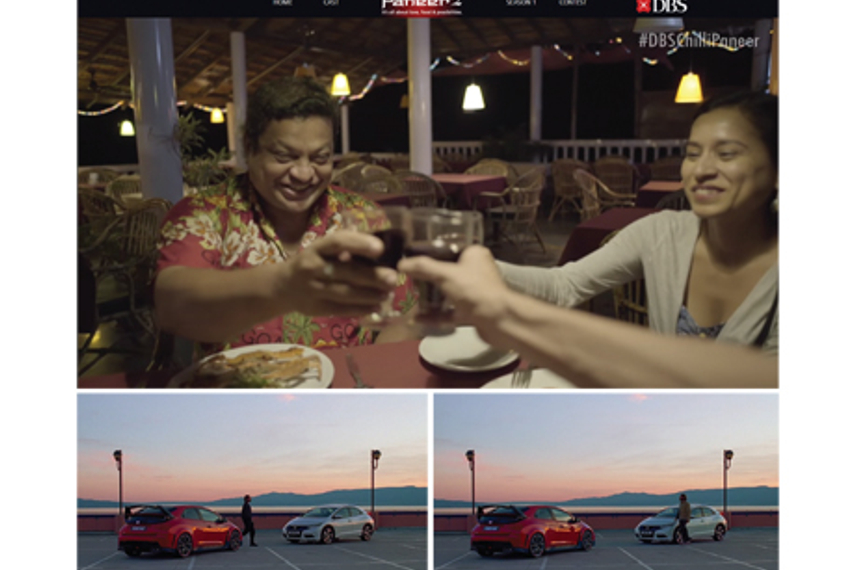
Interactive films have been around for a while now, with the ‘subservient chicken’ campaign by Burger King being one of the oldest films one can find, dating back to 2004. But the number of interactive films, in which the viewer can play an integral part in the narrative of the story, is rising.
In December, the film Chilli Paneer 2 was released for DBS Bank. Explaining the use of the interactive element within the campaign, KV Sridhar, chief creative officer, SapientNitro, said, “The brief was to take it forward, while making it exciting and more engaging for both the brand and the story. So what we did is to take from one of our philosophies which is, ‘A story lived is better than a story told’. People are not interested in a brand story; they are interested in their own stories. So unless you make them part of the story, they won’t be engaged in the story you are telling.”
He adds, “You are not the passive audience but rather the active audience. So then the story becomes yours and because you are emotionally investing the time into the story, you learn the story better than when someone is just telling you the story.”
A little while before that, we saw an interactive film on the web for Skybags. The narrative for this film was a little different as the user was not so much part of the story, but the interaction within the film environment redirected users and allowed them to make purchases. Brijesh Jacob, joint managing director, 22feettribal, explained, “We had done an interactive video on www.skybags.co.in/backpacks where the interaction was based around the television commercial. Users were able to click on the product every time it came on screen and that action would take them to a page where they could make a purchase.”
Honda too had released an interactive film earlier this year that generated a lot of buzz. The Honda R film saw 2.3 million views, with 1.8 million unique visitors, and the experience had been shared 50,000 times.
So does an interactive film deliver better engagement or more views?
Jacob believes that it all boils down to the quality and the execution of the film. He adds, “At the end of the day, it’s the content that’ll decide whether you get better engagement or more views.”
“If you take a bad piece of content and make it interactive, it won’t guarantee you more hits than if it wasn’t interactive. But having said that, an interactive video, if done interestingly, will garner more engagement,” he explains.
Sridhar adds, “If you look at the average time spent by people on a film, it would be less than 20 seconds. So it is never about number of views but rather, about depth of engagement. Interactive films actually increase the depth of engagement so that people get emotionally involved in the story.”
Will we see more of them in 2015?
On the subject, Jacob says, “Right now, most interactive films are done to death where there are two options, wherein you click one and it loads another video. Interactivity today is predominantly YouTube annotations. So I hope that changes. Like Honda, with the ‘R’ campaign -- they’ve done something using YouTube, but they’ve done something crazy. There’s also Jamie Oliver’s YouTube channel. So while they are using annotations, they are using it in a fresh way.”
“I hope we don’t see too many ‘decide what happens next’ clichéd annotations,” he adds.
In India, Sridhar feels that audiences will see more of anything where the audience can be a part of the experience.
He says, “People being part of the communication and the entire brand story will become far more in this digital age, whether it is interactive film making or interactivity on your phone. Passive viewing has given way to active participation. It’s not a coincidence that people like Spielberg are directing more games than feature films.”
He does note however that the traditional can never die and concludes by saying, “The results so far have been very encouraging. Now that courageous clients such as DBS are coming forward to do something new and the fact that consumers are moving on, we have no option but to track consumers. You will see a lot more experiential communication in 2015.”
(This appeared the Campaign India issue dated 23 January 2015)


.jpg&h=268&w=401&q=100&v=20250320&c=1)






.png&h=268&w=401&q=100&v=20250320&c=1)
